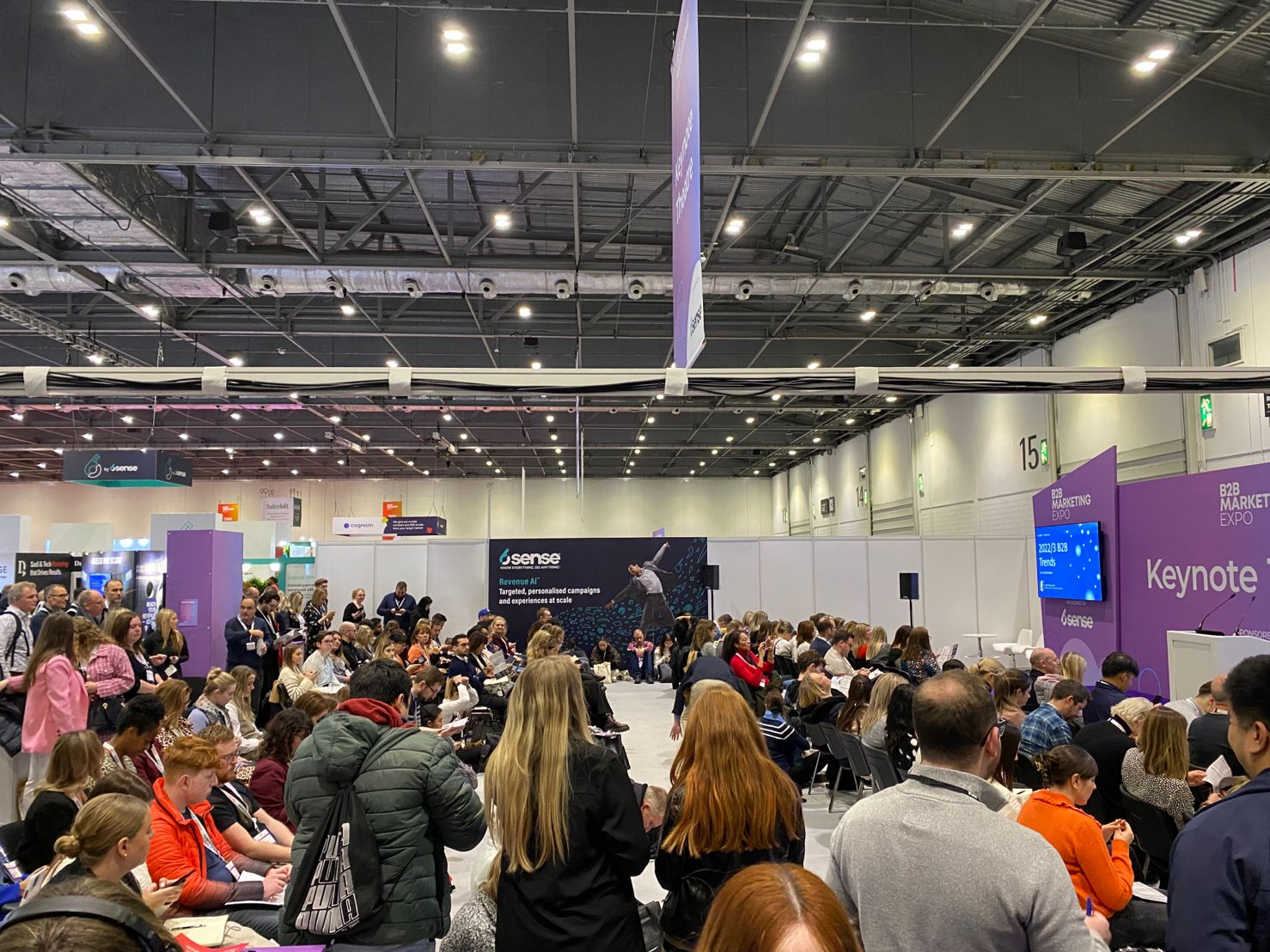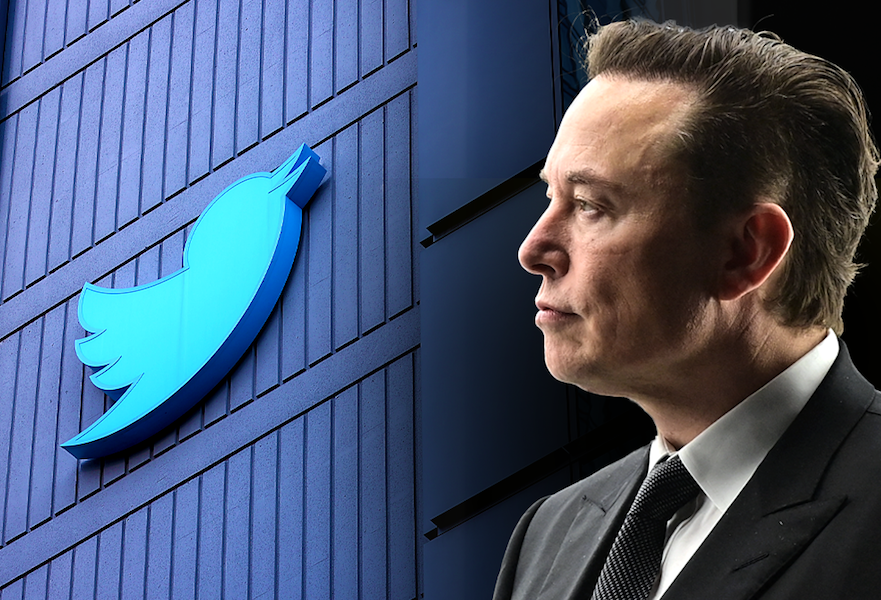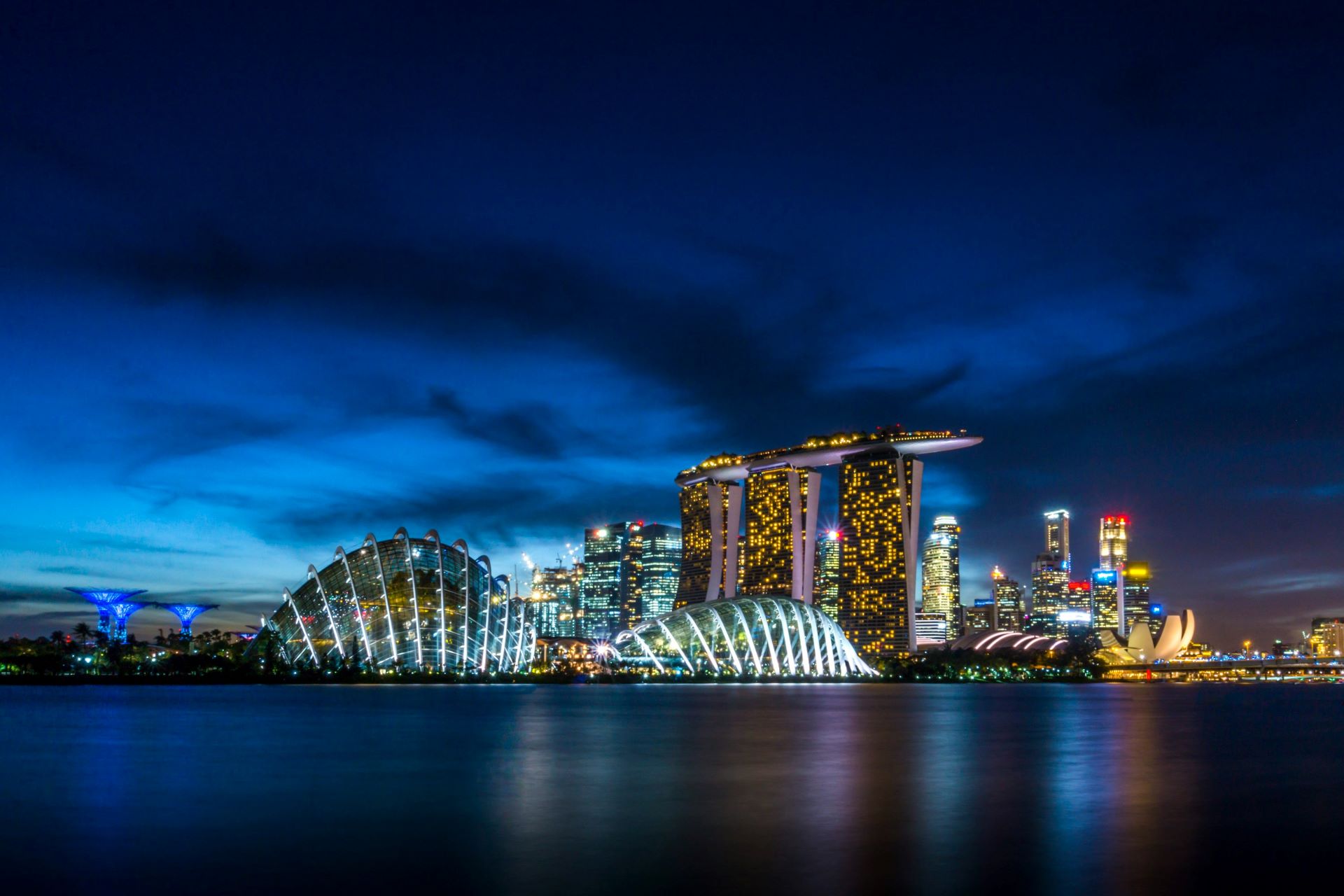3 reasons why an apprenticeship is the perfect steppingstone for a career in PR and digital marketing

By Emilio Koumis, Apprentice
What to do after you leave school is a question that many students consider. Is university the right decision for them? Or is getting hands on experience in the form of an apprenticeship the way forward? Below are three key benefits of why an apprenticeship could be for you.
1) Hands on experience
Hands on experience in a real-world setting is important in any industry you go in to, and an apprenticeship can provide just that! It is invaluable for understanding the fundamentals of PR and developing the skills necessary to succeed within the sector. You are given the opportunity to work alongside experienced professionals, learning how to craft effective press releases, pitch stories to media outlets and communicate efficiently. Similarly, an apprenticeship in digital marketing would provide you with the chance to learn about SEO, PPC, and social media advertising.
Learning happens when you’re doing. Actively performing these tasks will allow you to get an idea on the things you are confident in and enjoy but more importantly, the things you struggle with as well. Hands on experience allows you to identify the sectors in which you may not be as familiar with and quickly receive help from the professionals around you.
2) Building connections
Secondly, building connections is crucial in the corporate world. Although important in any career, it is particularly key in an industry as competitive as PR and digital marketing. Having a network in the industry will open doors for future job opportunities, as well as providing a sounding board for your ideas and a source of feedback on your work – things that may be difficult to obtain in a university setting. Building these relationships early on can give you a massive head start and a greater window for success in the future.
Most apprenticeships allow you to attend industry events, connecting you with other PR and marketing professionals as well as potential clients – this is another way to expand your network and gain valuable knowledge in the field.
3) Earn while you learn
Unlike a traditional degree, an apprenticeship allows you to earn while you learn. This helps eliminate the financial burden of a student loan, which according to the UK Parliament website, is forecasted to be around £43,400 on average, once students complete their course in 23/24. So instead of completing university at the cost of a £40,000 debt, you could be completing your apprenticeship with extra cash in the bank!
Additionally, many apprenticeship programmes also provide training and support that can help you pass any industry-specific qualifications such as the Chartered institute of Public Relations (CIPR) diploma or the hundreds of digital marketing courses online.
An apprenticeship Is an excellent choice for anyone looking to build a career in PR and digital marketing. It allows you to gain hands on experience, build a professional network and is a cost-effective way to enter the industry. With the right mindset and willingness to learn, an apprenticeship can be the perfect steppingstone to a successful career in PR and digital marketing.
Find out more about the scheme here and our application form.
Related News
-

Trade finance trajectory demands diligent comms expertise
September 29, 2025 -

Tokens to tangles – navigating the digital assets expansion
September 10, 2025












